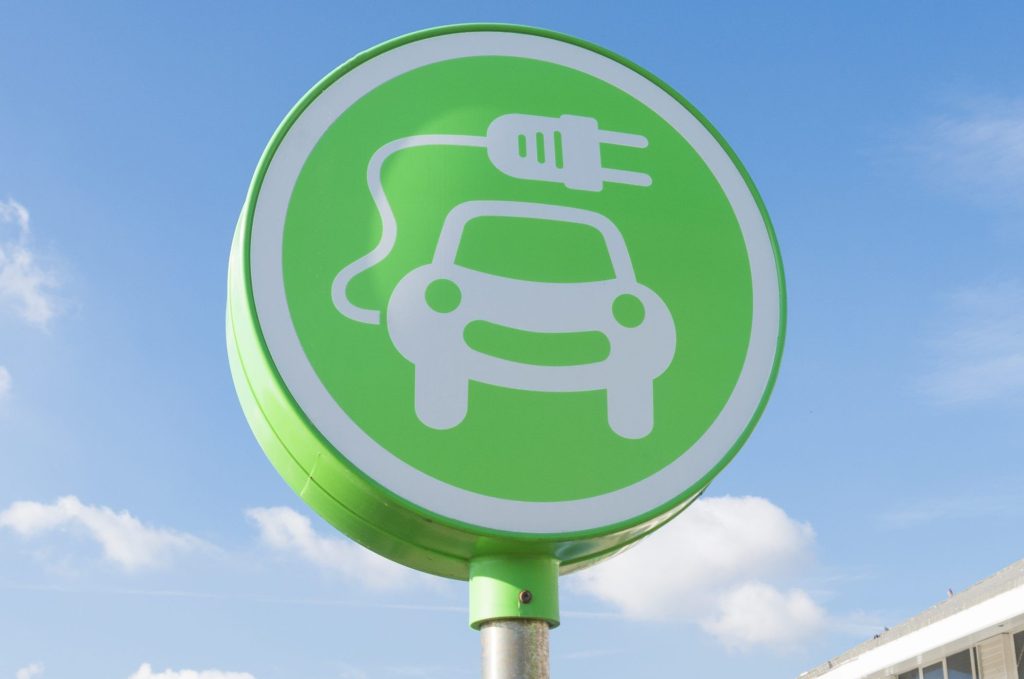Europe’s electric vehicle (EV) industry has reached a major milestone with the installation of one million public charge points, according to LCP Delta research.
The achievement comes seven years after the 100,000 charge point threshold was reached in 2018.
According to LCP Delta, it expects the infrastructure rollout to accelerate, reaching 2 million charge points by 2029 and 3 million by 2032.
The growth will be driven by government policies, rising EV adoption, and increased investment from charge point operators (CPOs) and private infrastructure funds, it said.
The highest number of public charge points are in The Netherlands, at more than 175,000, which are driven by government funding, including on-street locations.
France is second with 165,000 charge points, mainly in densely populated areas, and Germany ranks third with 140,000 – although the latter has a higher proportion of high-power chargers.
The most fully-electric vehicles have been sold in the UK, but it is only fourth in the ranking with 95,000 public chargers, although it has one of the highest levels of off-street parking in Europe, with drivers choosing to charge at home.
Despite progress, LCP Delta said there were still “key challenges” as public charging utilisation rates remained flat in 2024, and there was still concern over the price gap between domestic and public charging, as outlined by FairCharge’s VAT campaign.
John Murray, Head of EVs at LCP Delta, said:
“Reaching 1 million public charge points is a defining moment for the EV charging industry and highlights Europe’s leadership in the shift to electric mobility.
“A reliable, widespread public charging network is essential to support EV adoption, particularly for drivers who do not have the option of charging at home.
“Reaching 1 million charge points is likely to herald a new era in the public charging industry, characterised by faster charging speeds, greater reliability and higher utilisation rates,” said Murray. “But we also anticipate a period of market consolidation with some CPOs likely to exit the market due to increasing competition. The next five years could define the winners for the decades to come.”
Image from Shutterstock








